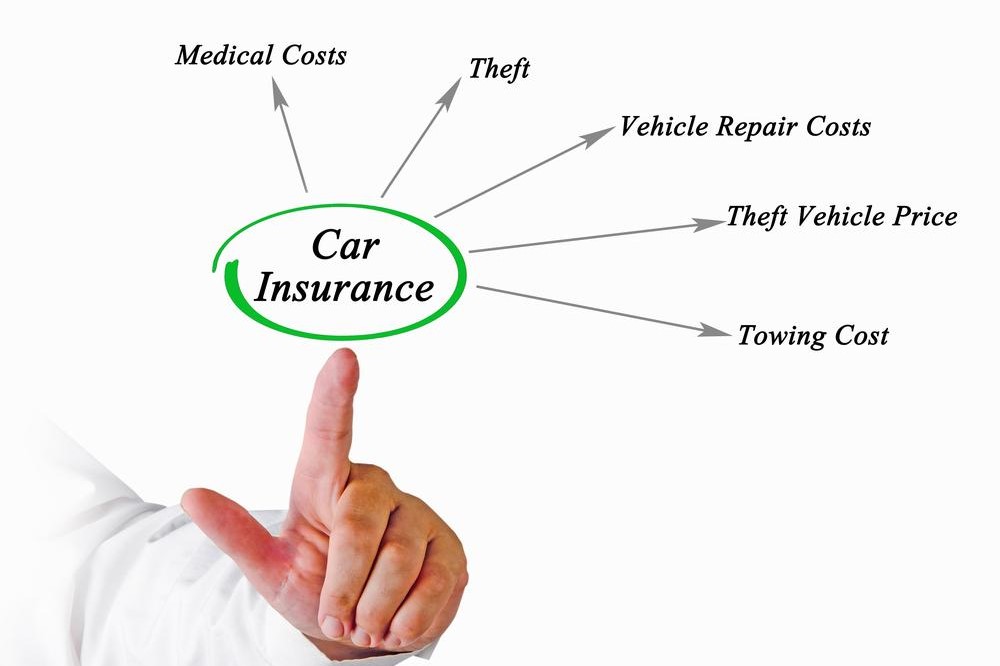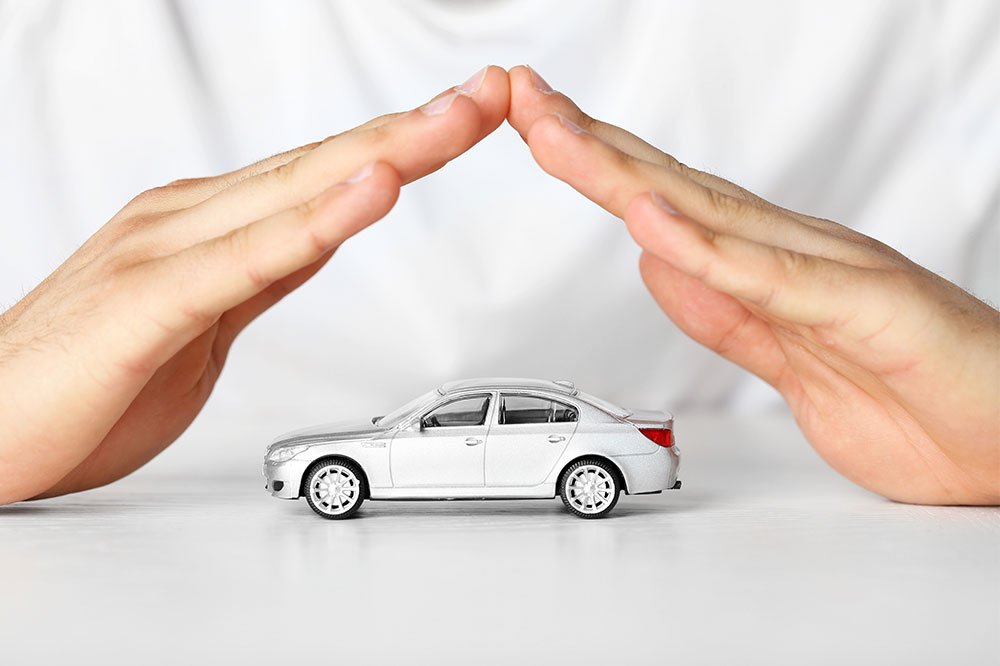Breaking Down Myths About Car Insurance: What You Need to Know
This comprehensive article debunks major myths surrounding car insurance, clarifying common misconceptions regarding theft targets, wildlife damage coverage, vehicle color impact, and personal belongings protection. By understanding the truths, drivers can make informed decisions, optimize coverage options, and avoid pitfalls that could lead to unexpected costs or insufficient protection. Perfect for car owners and prospective buyers, it emphasizes the importance of detailed policy knowledge to ensure true financial security when on the road. Stay informed and drive confidently with accurate car insurance insights.

Breaking Down Myths About Car Insurance: What You Need to Know
Car insurance is an essential aspect of vehicle ownership, providing financial protection in the event of accidents, theft, or other unforeseen incidents. However, many myths and misconceptions have sprung up over the years, creating confusion among drivers and potentially leading to misunderstandings about what their policies cover and the risks involved. These false beliefs can influence decision-making, sometimes resulting in inadequate coverage or unexpected costs. To help you make informed decisions and fully understand your car insurance policy, it's crucial to dispel these common myths comprehensively.
In this article, we will explore some of the most widespread misconceptions about car insurance, explain the truths behind them, and offer practical insights to help you navigate the complexities of auto coverage more confidently. Whether you're a new driver or a seasoned motorist, understanding these myths can save you money and prevent surprises when you need your insurance the most.
Let's delve into four prevalent car insurance myths that often mislead drivers:
1. Thieves Primarily Target New, Eye-Catching Vehicles
Many people believe that stolen cars are usually brand-new or flashy models because thieves are attracted to high-value or trendy vehicles. However, the reality is quite different. Older cars are often more frequently stolen because they contain more valuable parts that can be resold or used in the repair of other vehicles. Items such as catalytic converters, airbags, and electronic systems are common targets for thieves. Therefore, owning a new or luxury car does not automatically make it a bigger target for theft; rather, the type of vehicle and the security measures in place play critical roles in theft risk.
2. Damage Caused by Wildlife Is Not Covered by Insurance
A common misconception is that hitting an animal like a deer or moose is not covered by insurance. In truth, most comprehensive insurance policies include coverage for damage caused by collisions with wildlife. If you strike a large animal, repairs to your vehicle are generally covered under comprehensive coverage, which is designed to address non-collision events. This coverage often extends to damage caused by fallen branches, or even bird impacts, which many drivers do not realize. Understanding the specifics of your comprehensive policy can help you ensure you’re protected against such incidents.
3. The Color of Your Car Affects Your Insurance Premiums
Many drivers assume that choosing a certain color, such as red or black, influences their insurance costs. However, the color of your vehicle has no impact on the premium rates. Insurance companies do not consider vehicle color when calculating risk or premiums. Instead, factors like driving history, location, car model, safety features, and usage patterns determine insurance costs. So, if you prefer a red sports car, rest assured that its color will not increase your insurance expenses.
4. Personal Items Inside Your Vehicle Are Covered by Auto Insurance
A prevalent misconception is that auto insurance covers all belongings inside your vehicle. In reality, car insurance primarily protects the vehicle itself, the driver, and passengers during accidents or theft. Personal items, such as valuables or electronics stolen from your car, are typically covered under homeowners or renters insurance policies. If recovering personal belongings is a priority, it’s advisable to review your homeowner or renters coverage to ensure sufficient protection against theft or damage.
Understanding the truth behind these myths empowers you to choose the right coverage, avoid unnecessary expenses, and make better decisions related to your vehicle insurance. Always review your policy details carefully, ask your insurer questions, and stay informed about the realities of auto coverage to ensure you’re adequately protected in all situations.





